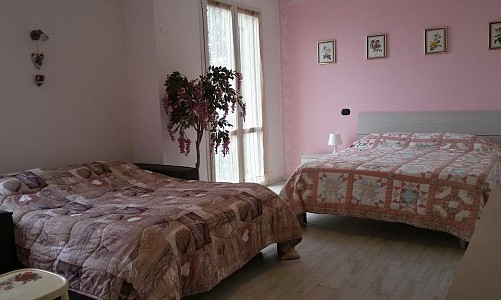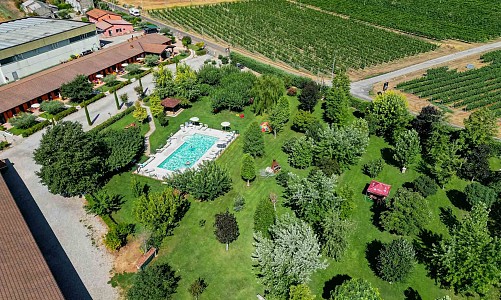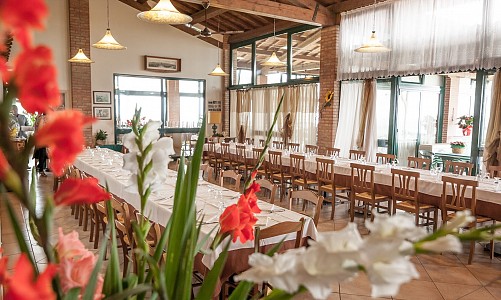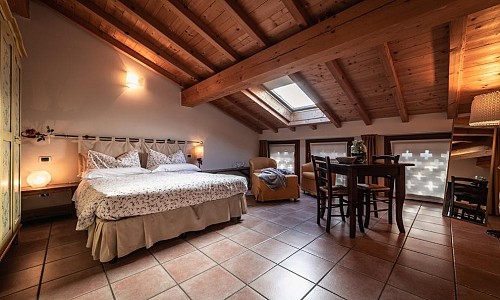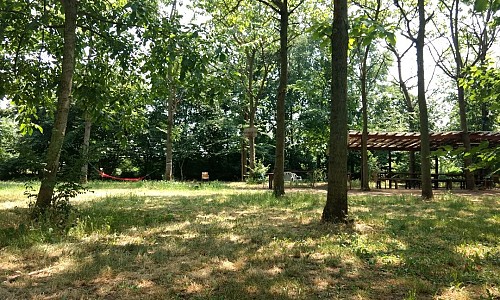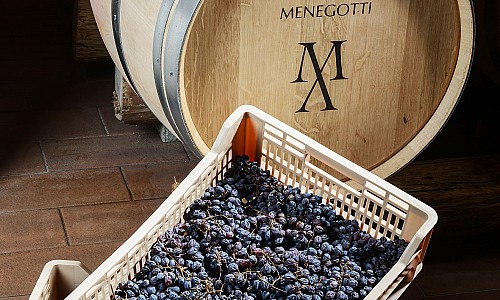Scaliger Castle of Villafranca di Verona
- Category What see Lake Garda and Verona
What to see at the Scaligero Castle of Villafranca di Verona and its history.
Number of views: 6748Agriturismo - Where to stay overnight
- History of the Scaligero Castle of Villafranca di Verona
- Scaligero Castle of Villafranca di Verona (Video)
History of the Scaligero Castle of Villafranca di Verona
The Castle of Villafranca was begun in 1199—immediately after the battle of Ponte dei Molini at Mantua—and completed in 1202. Conceived as the southern outpost of Verona’s Scaliger fortification network, it protected the imperial road against sudden raids from Mantua and other neighbouring powers.
In 1345 Cangrande II della Scala finished the mighty Serraglio: a 13‑kilometre defensive wall, unique in Europe, that started at Borghetto and linked five castles—Borghetto, Valeggio, Gherla, Villafranca and Nogarole Rocca. Most connecting towers and curtain walls were demolished in the 19th century by Austrian troops and by locals scavenging building stone. Today only fragments remain along the right bank of the Tione, a few dozen metres west of the Castle.
Inside the crenellated enceinte stand seven small towers—or “torresine”. At the base of the 38‑metre Mastio you can spot Roman blocks, probably recycled from an arch dedicated to Emperor Tiberius. Successive wars damaged much of the Castle. From 1450 it was abandoned as a garrison and later sold to private owners—including the patriot Angelo Alessandri and the scholar Count G.B. Simeoni—who began early restoration. The clock on the main tower dates to 1890, installed during a neo‑medieval rebuild.
Just beyond the gateway, beneath the keep, stands the Church of the Christ, the first parish in the Villafranca area. Inside are a 14th‑century fresco of the Crucifixion and three 18th‑century canvases by Giovanni Battista Lanceni depicting the Flagellation, Christ mocked with the Crown of Thorns, and the Road to Calvary.
Today the Castle is the civic symbol of Villafranca and a summer venue for music festivals, historical re‑enactments and fairs. It has hosted world‑class acts such as Nobel laureate Bob Dylan (1998) and the Coldplay (2000). In 2016 the municipality raised spectator capacity to 7,000 with modular stands and state‑of‑the‑art lighting and sound—without altering the medieval fabric.




